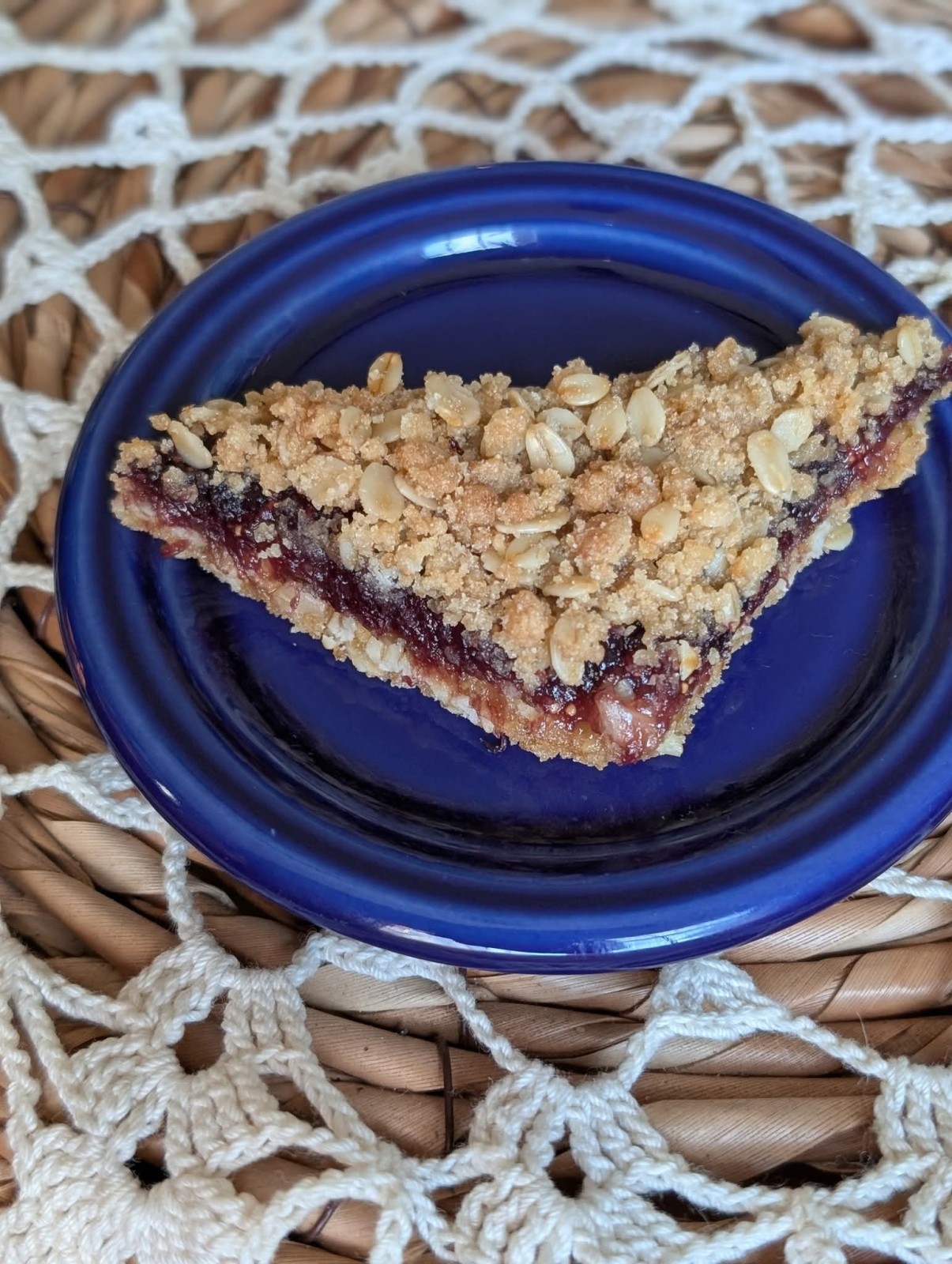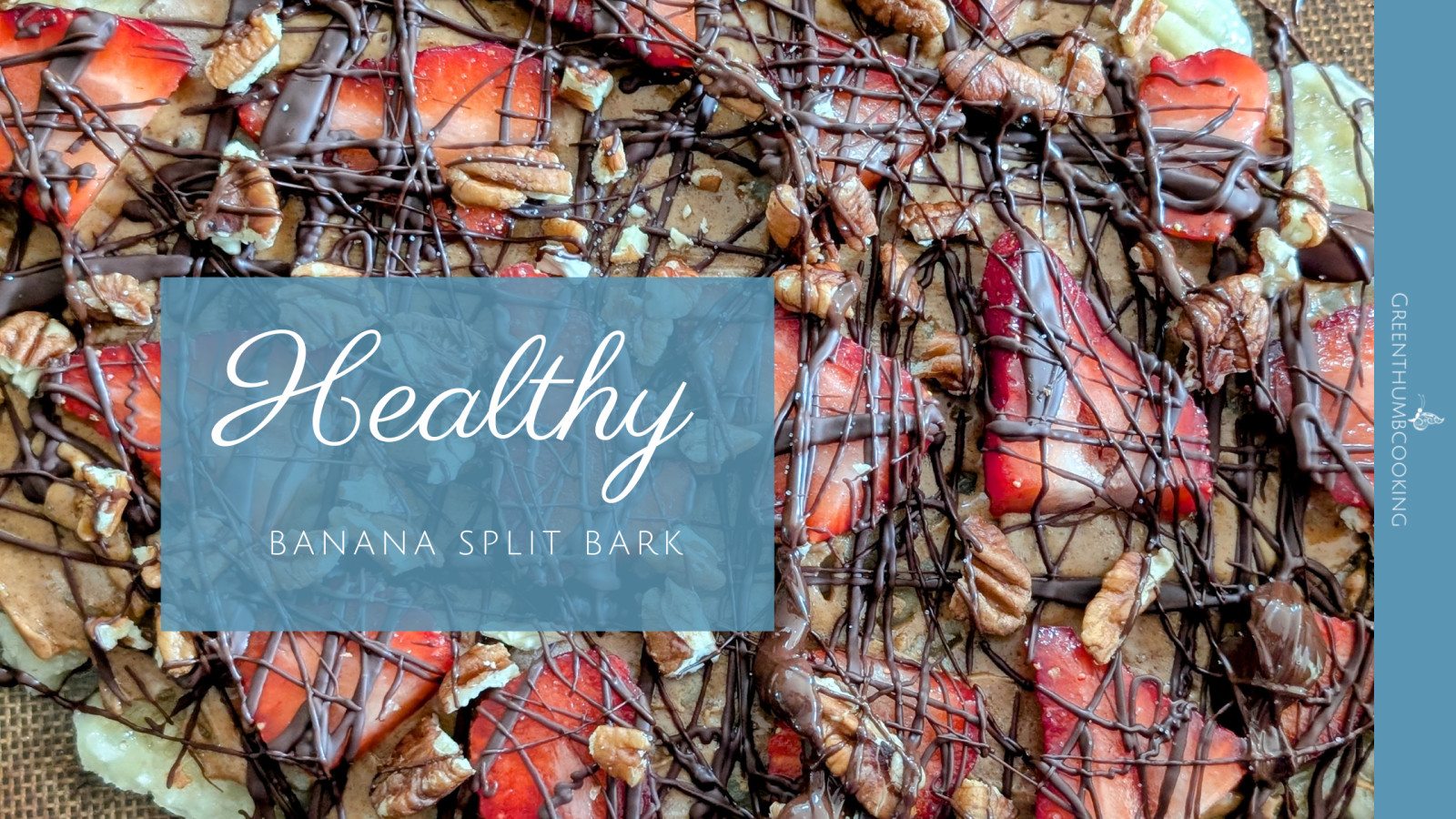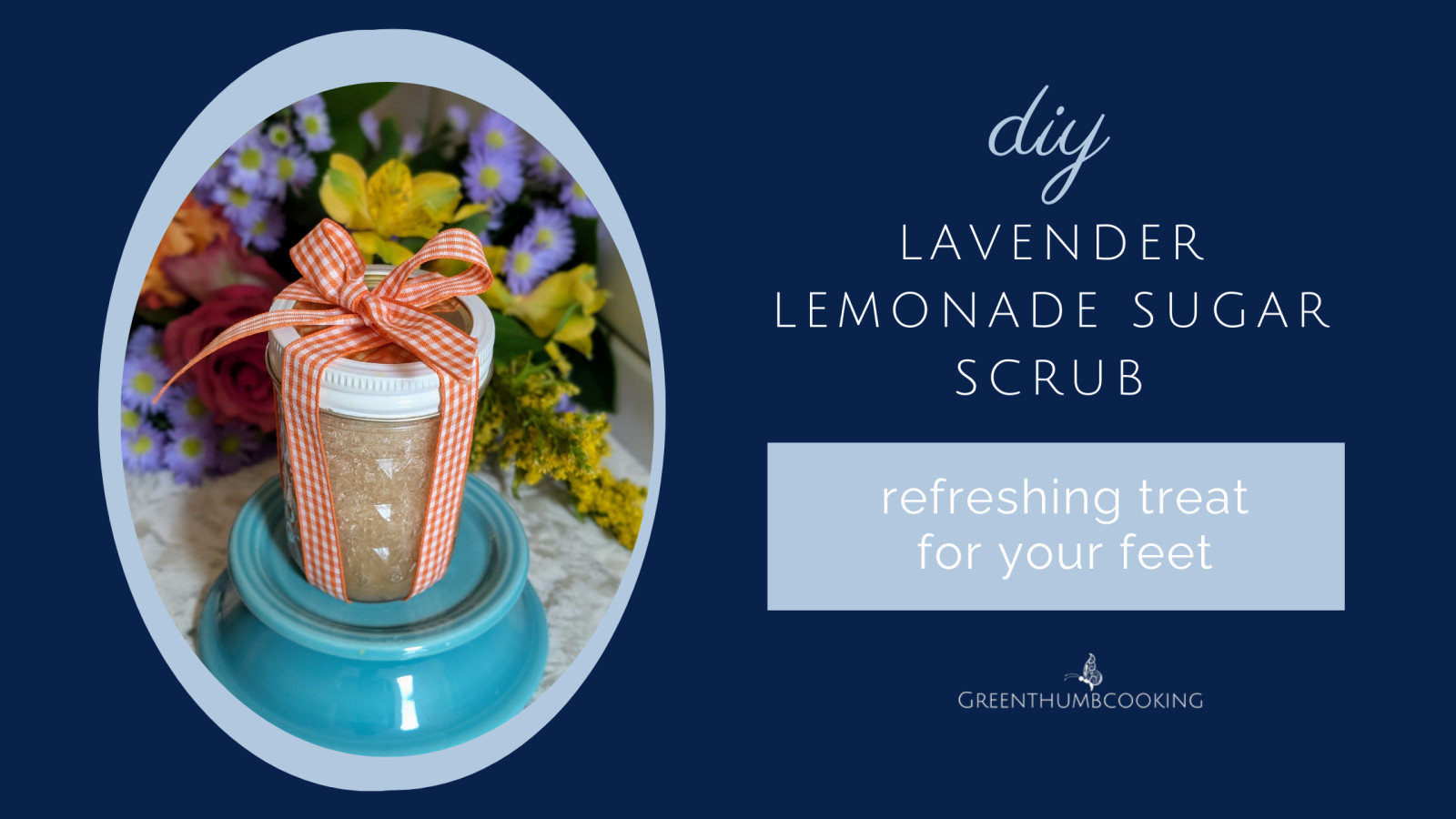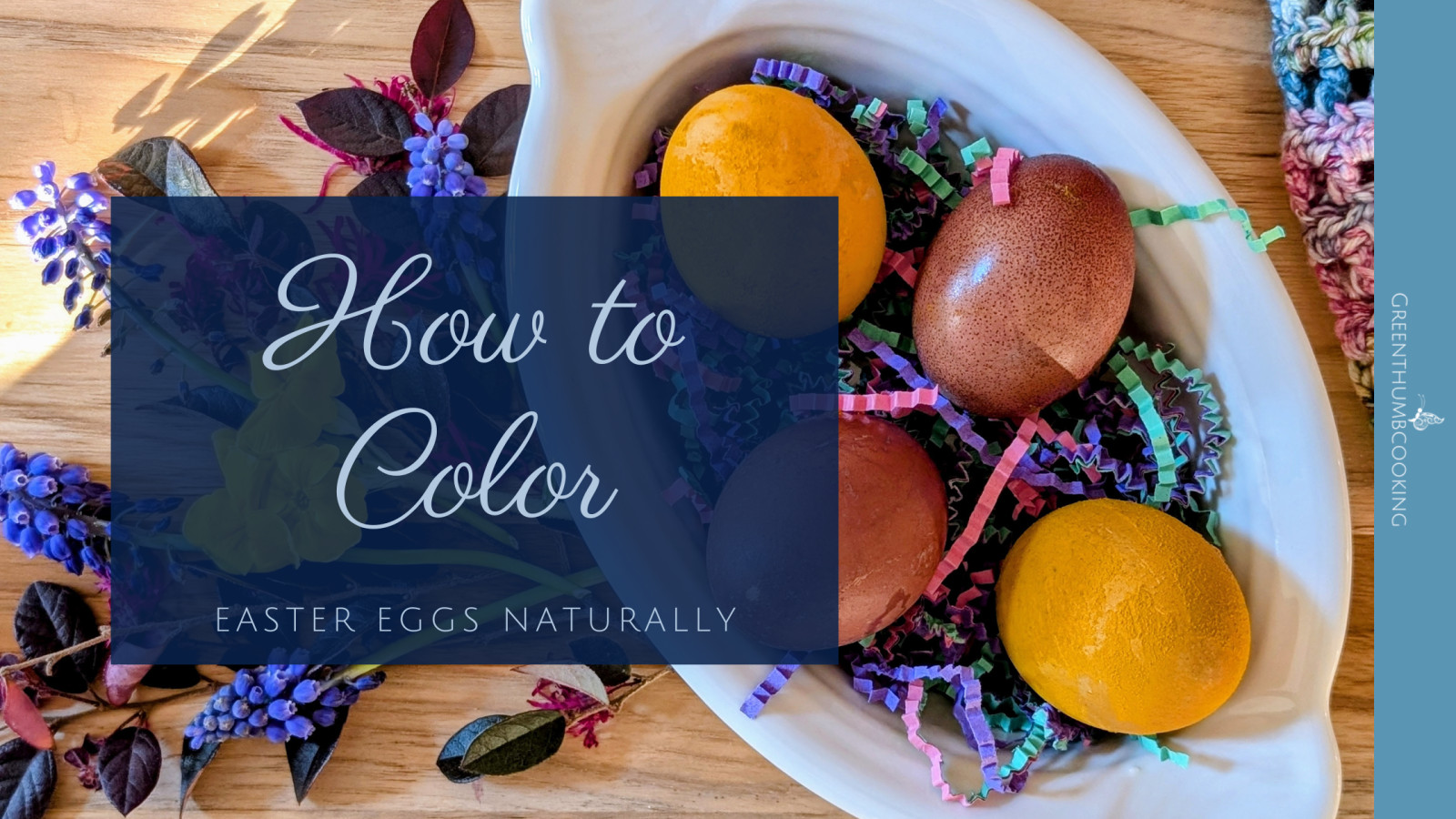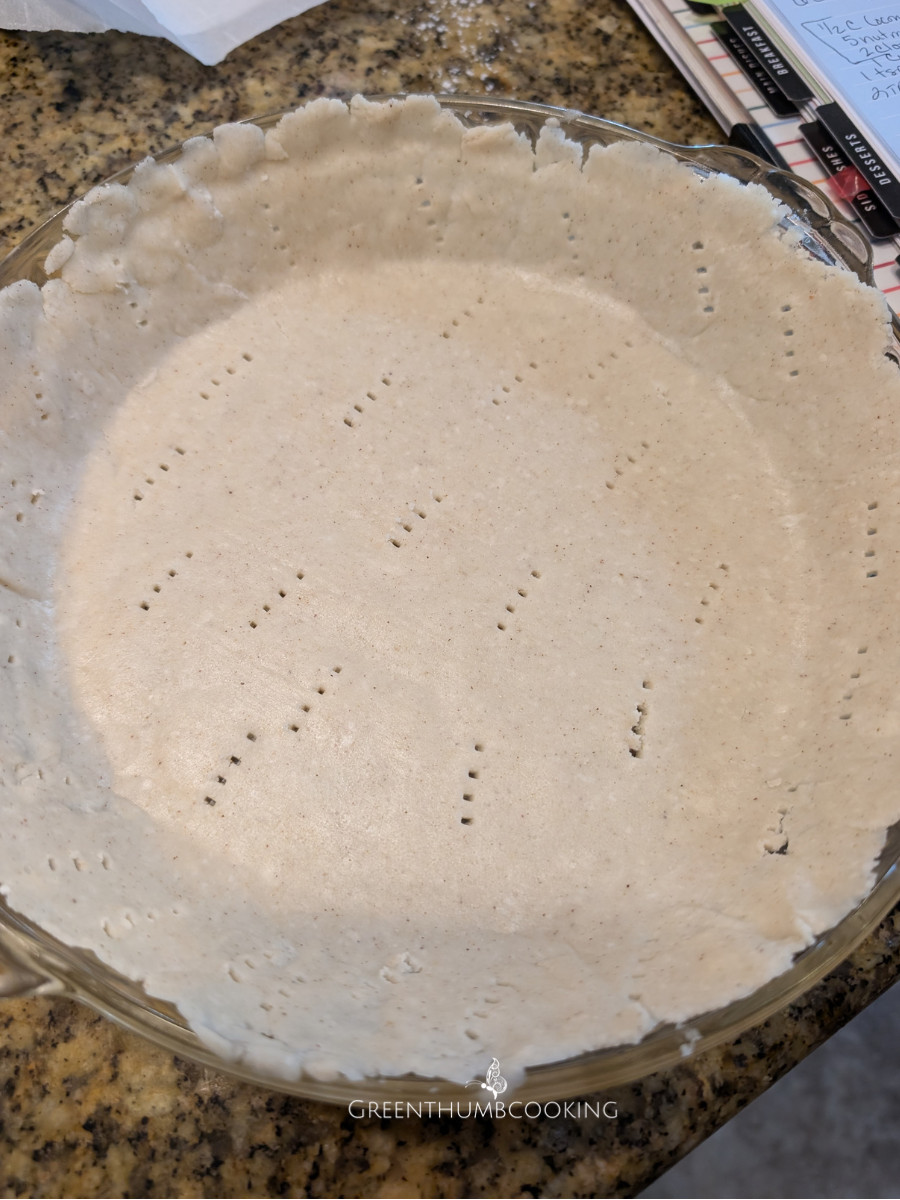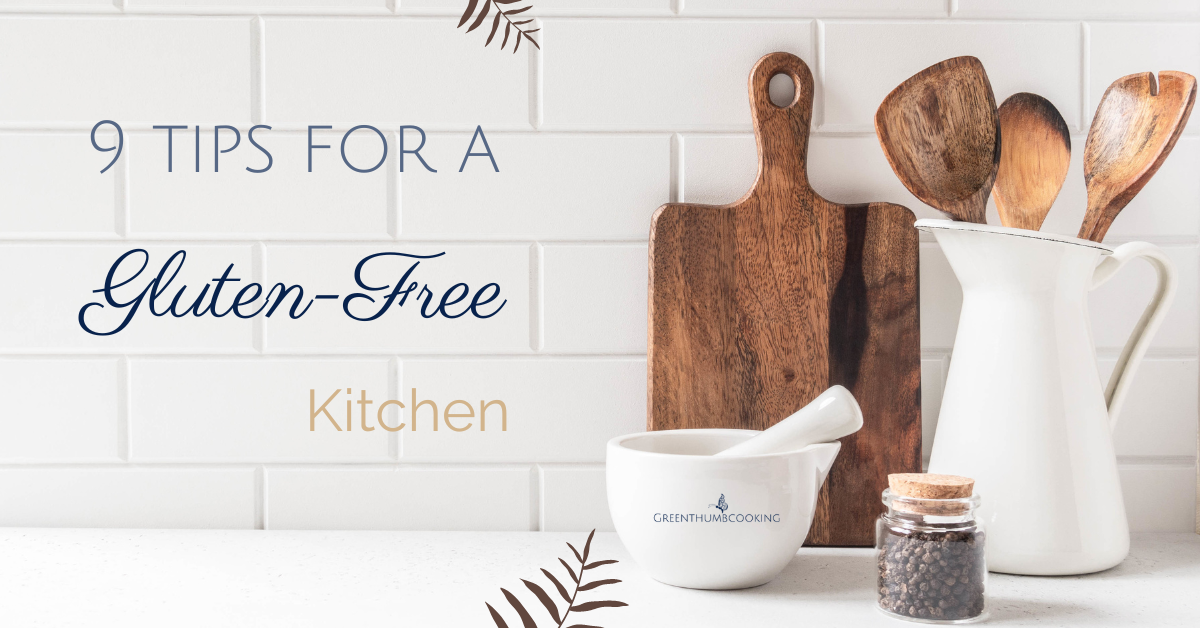
9 Tips for a Gluten Free Kitchen
When an exclusive Gluten-Free Kitchen isn't possible
If you're someone who needs to follow a gluten-free lifestyle, you know that cross-contamination can be a major concern when it comes to cooking in a shared kitchen. But don't worry, I've got some tips to help you navigate this situation and keep yourself safe and healthy.
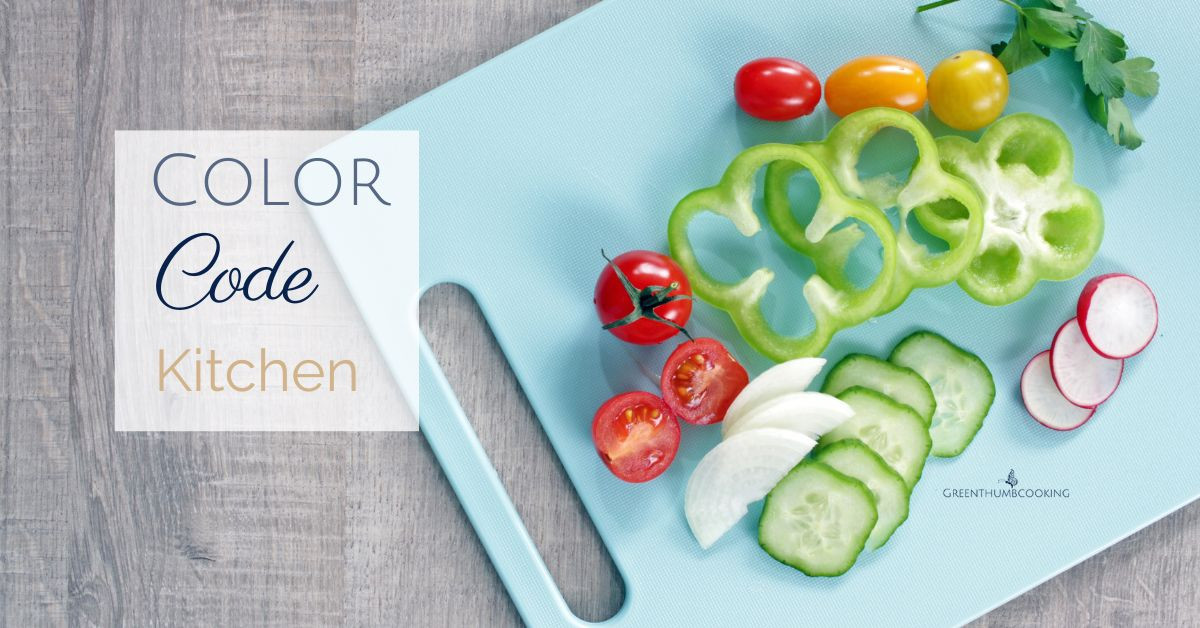
Tip #1: Color code your kitchen items
One simple way to avoid cross-contamination is by using color-coded cloths, dishes, and cutting boards for your gluten-free cooking. This visual reminder will help everyone in the household know that these items are strictly for gluten-free cooking.
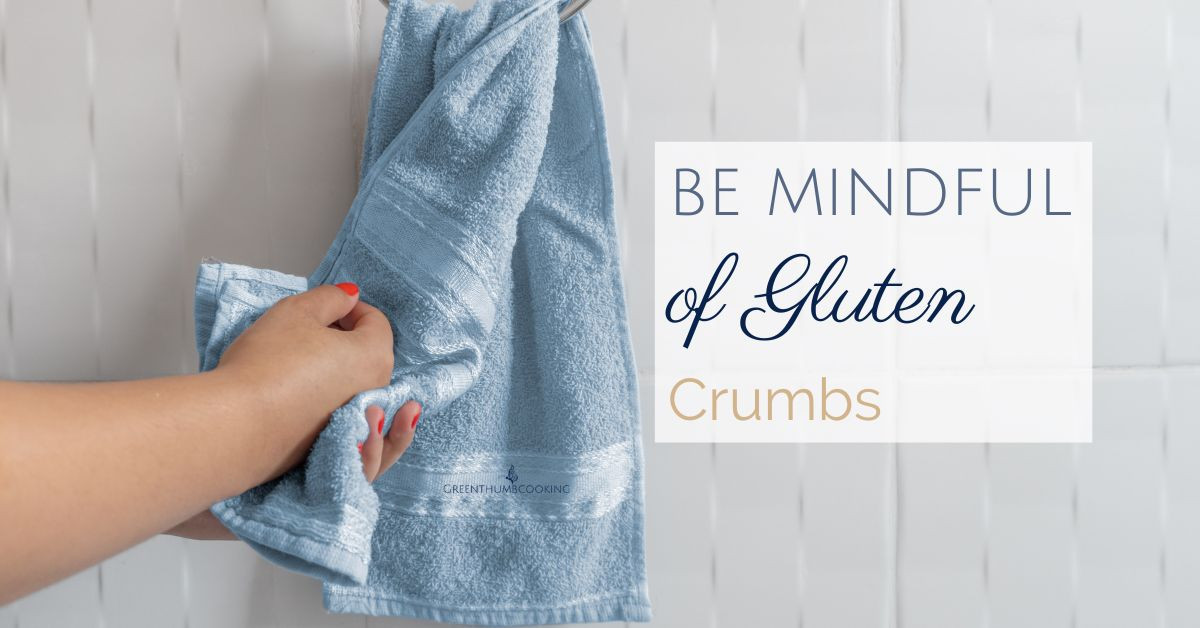
Tip #2: Be mindful of gluten crumbs
Gluten crumbs have a sneaky way of hiding in dish towels and hard-to-clean surfaces. Make it a habit to regularly clean and sanitize your kitchen towels and surfaces to minimize the risk of cross-contamination.
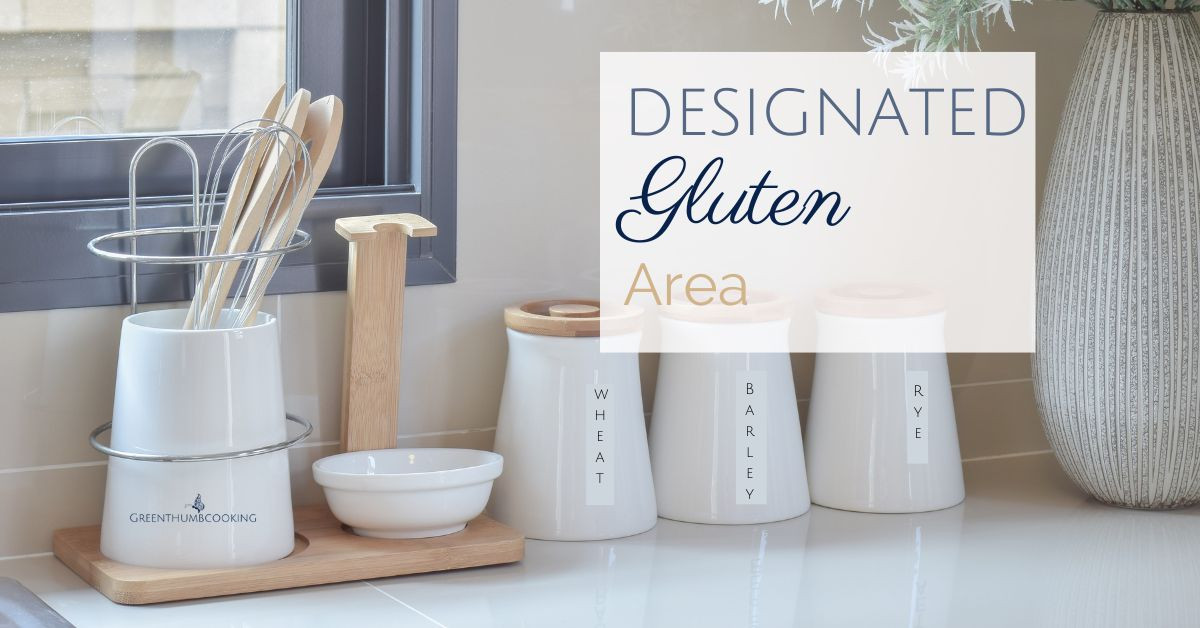
Tip #3: Create a designated gluten area
Consider setting up a small corner in your kitchen as the designated gluten area. This is where you can store your gluten-containing flours, appliances, and other ingredients. By keeping them confined to one area, you'll be able to free up the rest of your kitchen for gluten-free cooking.
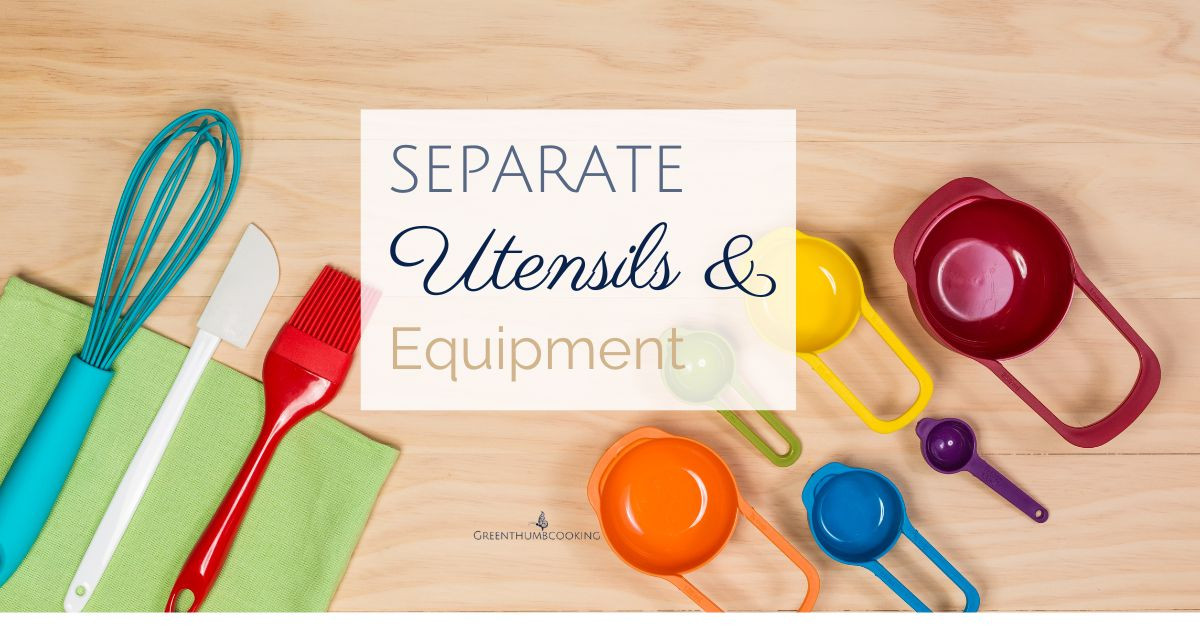
Tip #4: Use separate utensils and equipment
To further prevent cross-contamination, it's a good idea to have separate utensils and equipment for gluten-free cooking. This includes things like mixing spoons, cutting boards, and even toasters. Keeping these items separate will greatly reduce the risk of accidental gluten exposure.
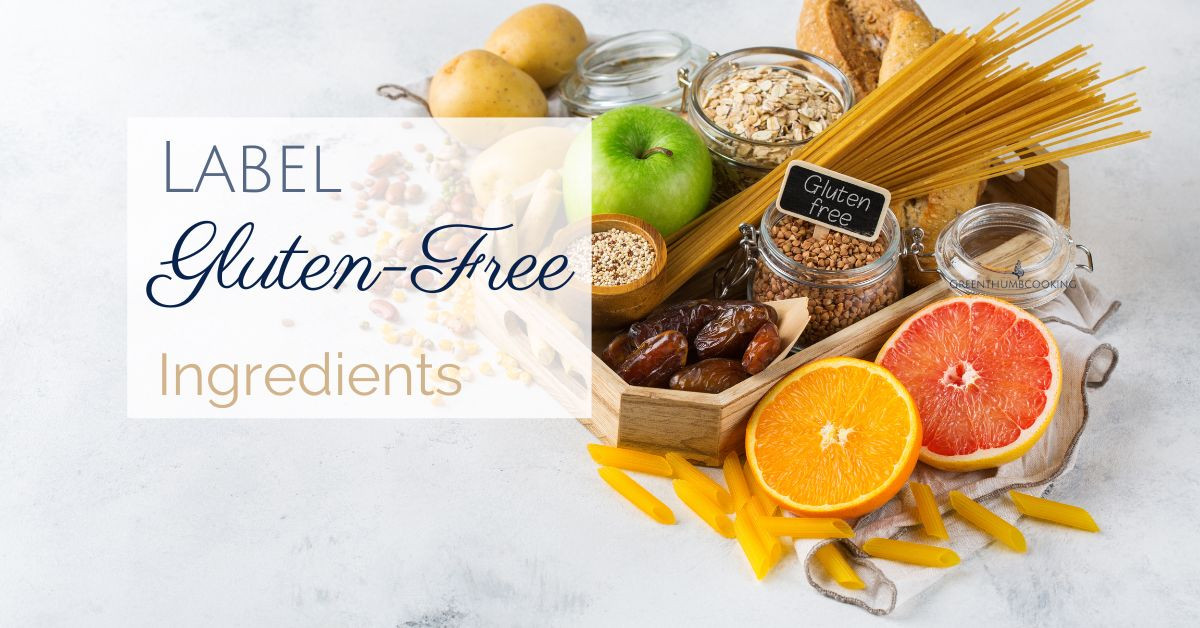
Tip #5: Clearly label gluten-free ingredients
When you have both gluten-free and gluten-containing ingredients in your pantry, it's important to clearly label them. This will help you and others in the household easily identify which products are safe to use for your gluten-free meals.
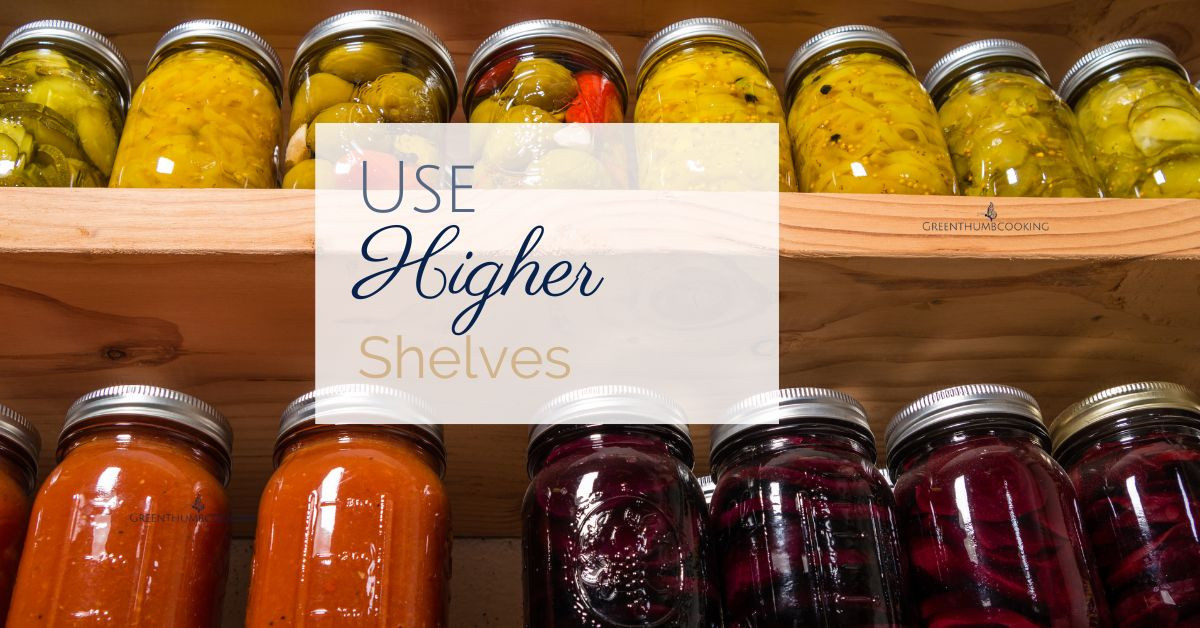
Tip #6: Store gluten-free items on higher shelves
If you have a shared pantry, consider storing your gluten-free products on higher shelves to avoid any accidental spillage or cross-contamination from gluten-containing items. This will help create a physical barrier and reduce the risk of gluten exposure.
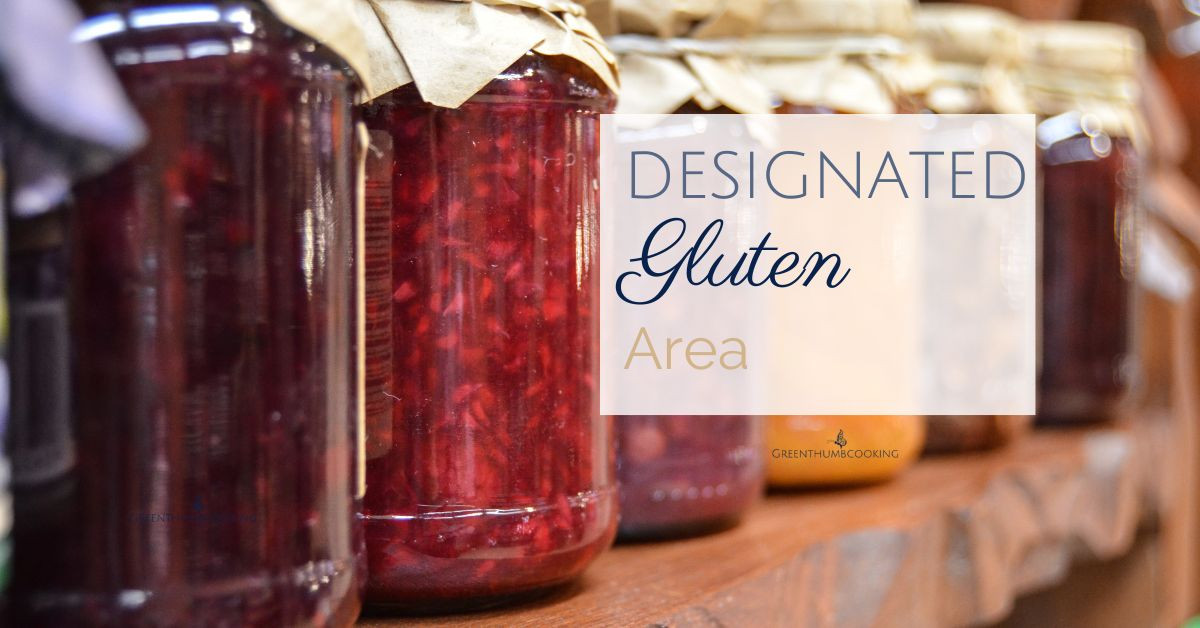
Tip #7: Practice safe cooking techniques
When cooking in a shared kitchen, it's essential to practice safe cooking techniques. This means being extra cautious with things like double-dipping utensils or using the same oil for both gluten-free and gluten-containing foods. By being mindful of these practices, you can minimize the risk of cross-contamination.
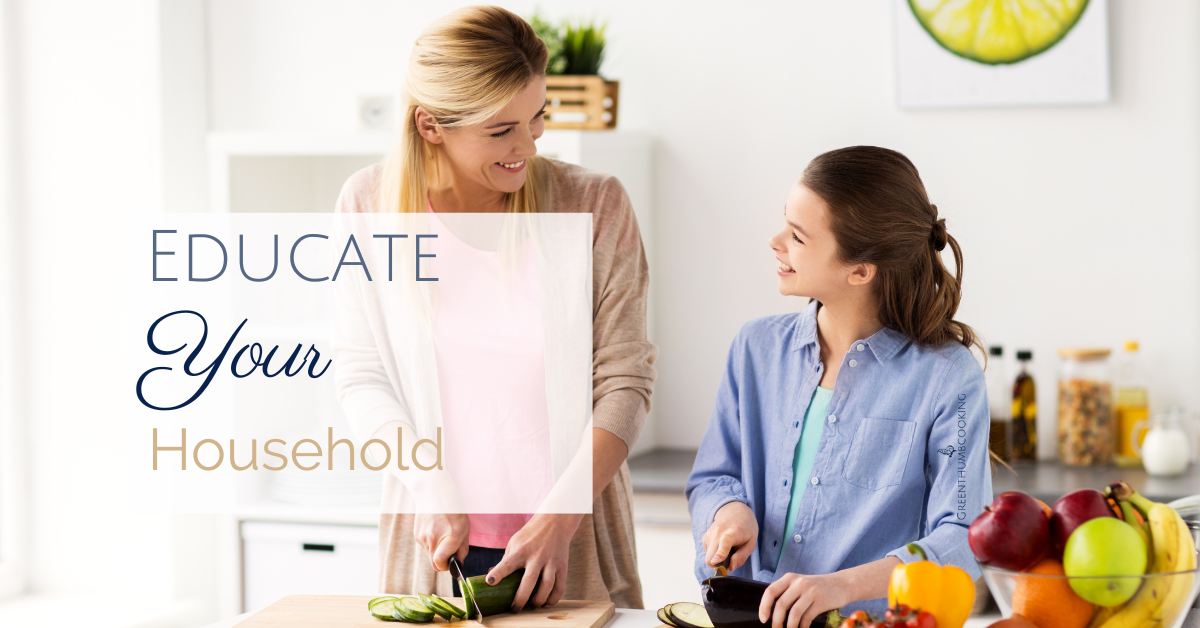
Tip #8: Educate your household members
It's important to communicate with your household members about your gluten-free needs and the potential risks of cross-contamination. Educating them about the importance of keeping the kitchen safe will help create a supportive environment and reduce the chances of accidental gluten exposure.
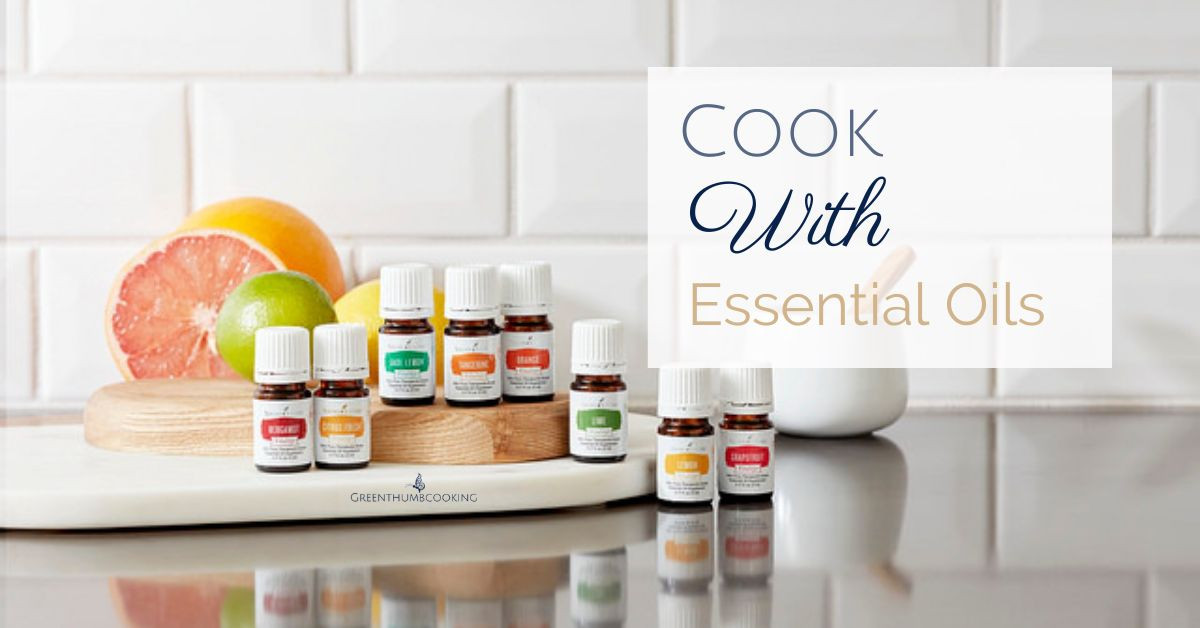
Tip #9: Take advantage of essential oils
I personally use and recommend Young Living Vitality™ essential oils in your gluten-free cooking. Not only do they add delicious flavors to your dishes, but they also come with all the benefits of high-quality essential oils. The quality of your essential oils matters. If you want to know more about what I use and why Click Here!
Remember, while following a gluten-free lifestyle in a shared kitchen may pose some challenges, it's definitely manageable with the right strategies in place. By implementing these tips, you can minimize the risk of cross-contamination and enjoy a safe and healthy cooking experience. Stay gluten-free and stay fabulous!
Affiliate Disclaimer:
By clicking on our links, we might make a small commission. Thanks for the support. Green Thumb Cooking is a participant in the Amazon Services LLC Associates Program, an affiliate advertising program designed to provide a means for sites to earn advertising fees by advertising and linking to Amazon.com





